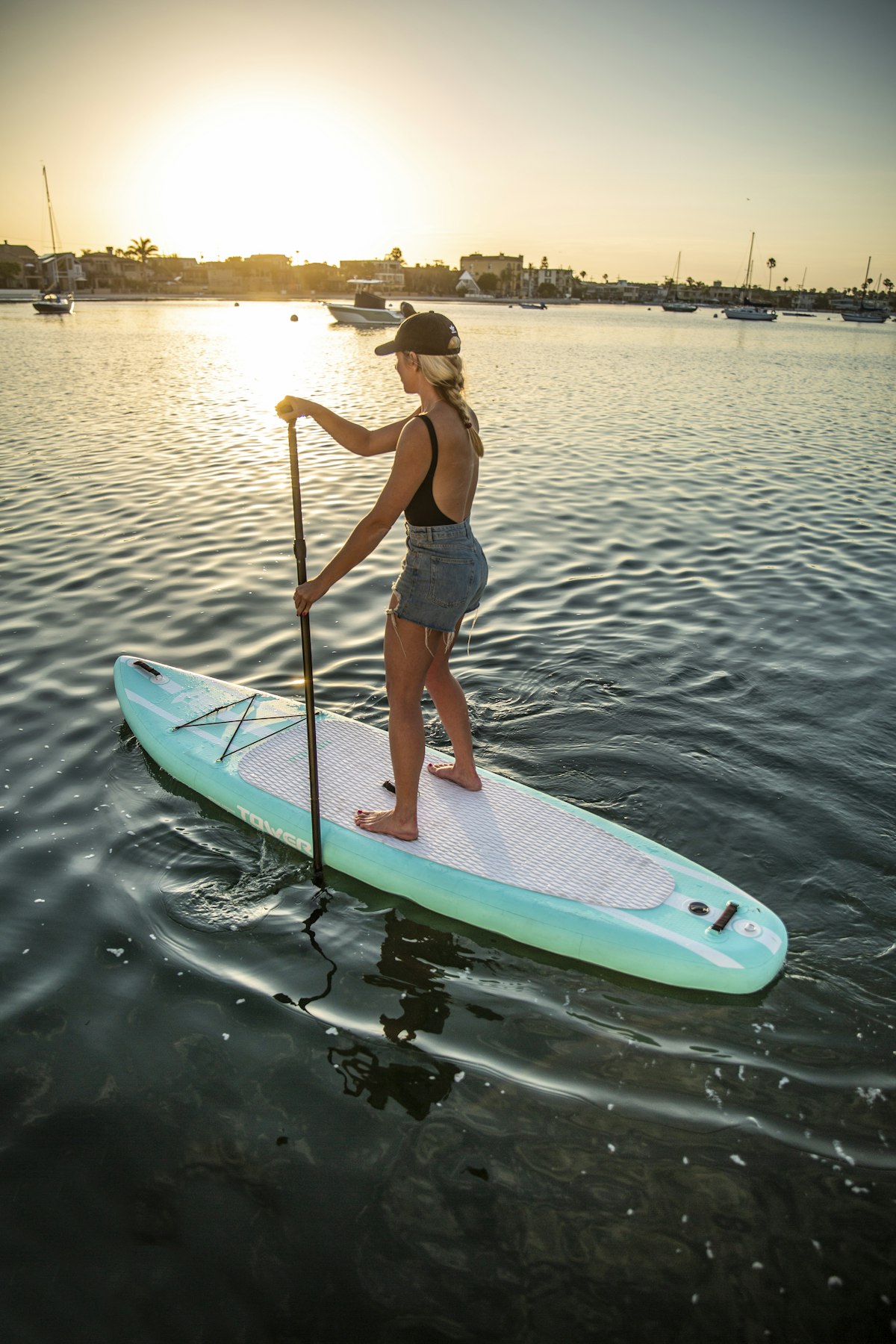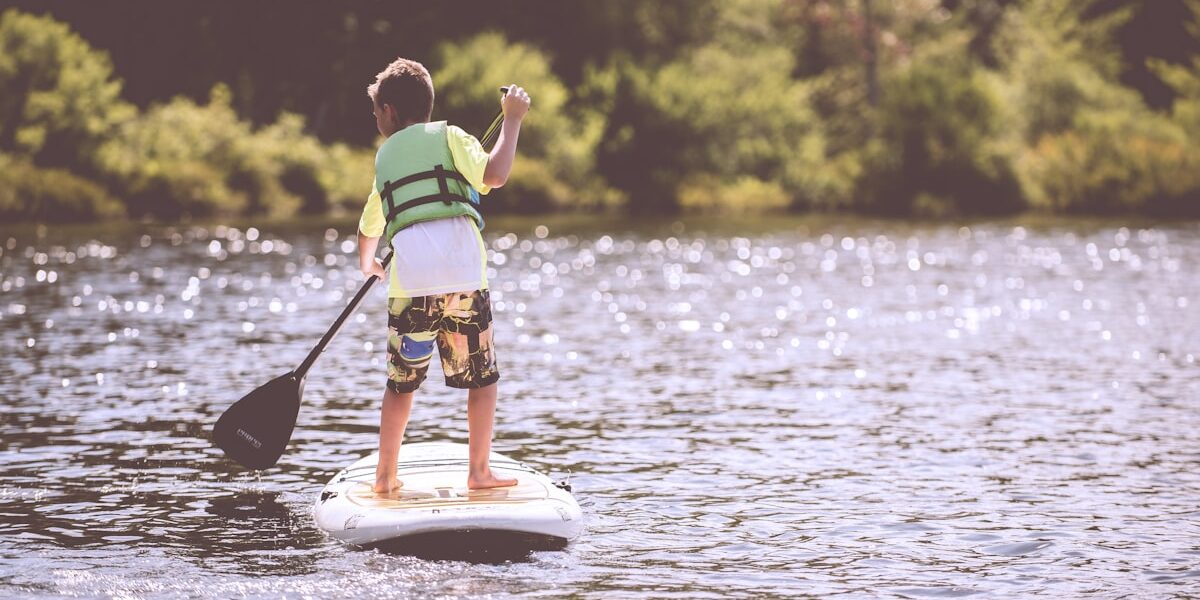Stand-up paddleboarding (SUP) has surged in popularity as a delightful blend of sport, relaxation, and commune with nature. Whether you’re paddling through tranquil waters or catching waves, the experience hinges significantly on your stance. Knowing where to stand on your SUP not only enhances stability and control but also maximizes comfort and efficiency during your ride.
**Understanding the SUP Board**
Before delving into the best standing position, it’s crucial to understand the basic structure of a SUP board. The board typically features a deck, rails, a bottom contour, and a fin setup. The most critical area for a paddler is the deck, where you’ll find the standing area marked by a traction pad. This pad helps provide grip to your feet, crucial for maintaining balance and control.
The middle of the SUP board, often marked by a carry handle, is usually the flattest and most stable area. This is generally the sweet spot for standing. However, the exact best standing position can vary slightly depending on the board’s design and the water conditions.
**Finding the Sweet Spot**
1. **Centered Feet Position**: Start by placing your feet parallel, about hip-width apart, centered between the edges of the board. This position is often directly over or just behind the carry handle. It’s important to keep your knees slightly bent to maintain balance and absorb any shifts in water movement.
2. **Weight Distribution**: Proper weight distribution is crucial. By standing in the center of the board, your weight is evenly distributed, which helps in maintaining the board’s stability. If you stand too far back, the tail will drag, slowing you down and making it hard to steer. Standing too far forward can cause the nose to submerge, potentially leading to a fall.
3. **Adjusting for Conditions**: In calm waters, standing right over the carry handle is typically ideal. However, in choppy water or while catching waves, you might need to adjust your position slightly. Moving your feet back can help manage the waves better and prevent the nose from burying into the water.
4. **Paddling Technique**: Your standing position also affects your paddling efficiency. With a proper stance, you should be able to perform powerful, effective strokes. Ensure that you can comfortably reach forward with your paddle without straining, which could indicate that your stance is either too wide or too narrow.
**Advanced Tips for Experienced Paddlers**
As you gain more experience, you might find that adjusting your stance can help in performing specific maneuvers or increasing speed. For instance, shifting your weight slightly to the rails (sides of the board) can aid in making quick turns or adjustments.
Experienced paddlers often experiment with their position to find what best suits their style and the water conditions of the day. The key is to remain flexible and adjust based on what the environment demands.
**Safety and Comfort**
While finding the optimal standing position is important for performance, it should also be comfortable. If you find yourself constantly shifting position or struggling to maintain balance, it might be worth reassessing your stance. Additionally, always remember to wear a suitable flotation device and be mindful of the weather and water conditions.
**Conclusion**
The best place to stand on a SUP is typically in the middle of the board, over or just behind the carry handle. However, various factors such as board design, paddler experience, and water conditions can influence this position. By starting in the middle and adjusting as needed, you can ensure a stable, enjoyable, and safe paddleboarding experience. Remember, the key to mastery in SUP is practice and adaptability. So, get on your board, find your balance, and enjoy the ride!
Recommended SUP Gear
GYMMALL Inflatable Paddle Board
Complete SUP package for all skill levels.

FunWater Inflatable SUP
Ultra-light board with all accessories included.
As an Amazon Associate, we earn from qualifying purchases.





Leave a Reply